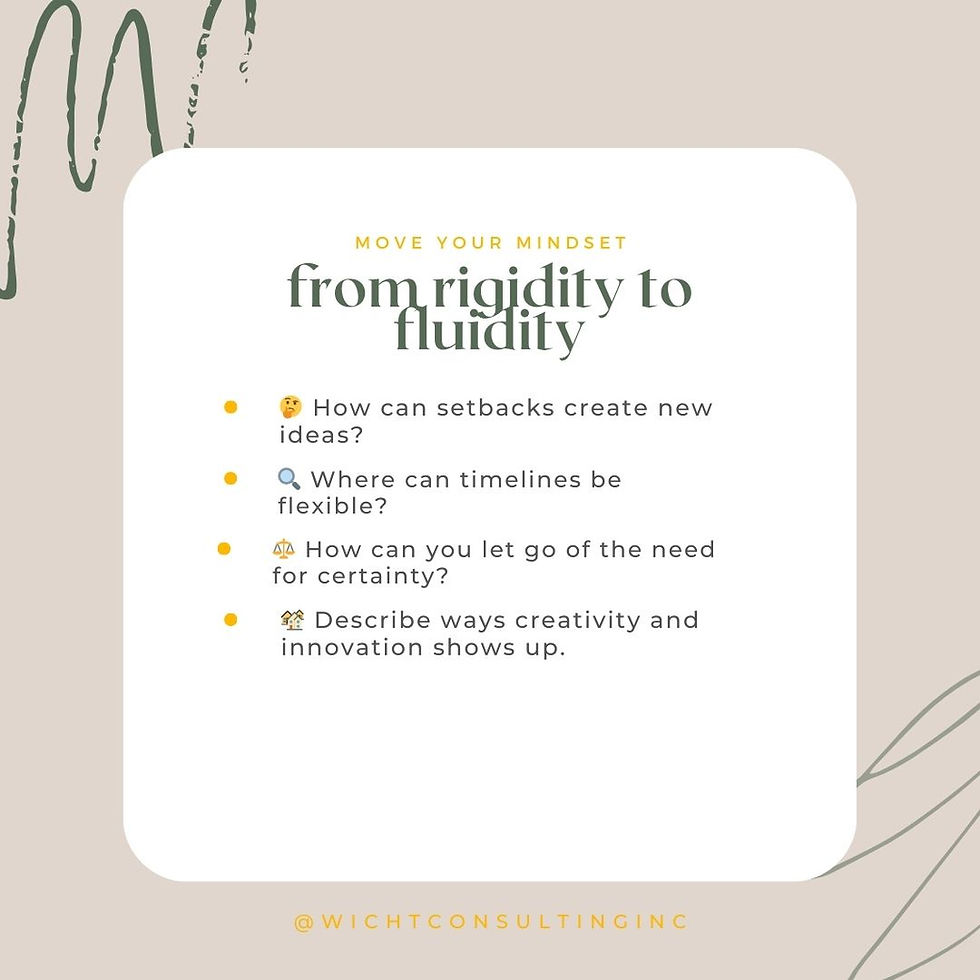Reading Between the Lines: How Headlines Shape Our Digital Reality
- sarawicht

- Jan 6
- 3 min read
In an era where headlines flood our social media feeds and news travels at the speed of a click, the ability to critically evaluate information has never been more crucial. Digital literacy - the skill to navigate, analyze, and verify online content - serves as our compass in an ocean of competing narratives. Recent comparisons of headline coverage across major news outlets reveal how the same story can be framed dramatically differently, potentially reinforcing existing beliefs rather than informing. As technology makes information increasingly accessible, our challenge isn't finding news - it's discerning truth from manipulation and recognizing how confirmation bias shapes not just what we read, but how different outlets present us with the news. Understanding these dynamics is essential for making informed decisions in our digital democracy.
In today's digital landscape, one story can spawn wildly different headlines, causing polarizing reactions from readers. Here are some recent examples. What do you notice?
Left | Center | Right |
Thanksgiving dinner is historically affordable this year -NBC News | Thanksgiving dinner is cheaper this year but still 19% higher than pre-pandemic costs, survey finds -Newsday | Americans hosting Thanksgiving spend 19% more than last year: report -Fox Business |
Man convicted of murder in killing of Georgia nursing student Laken Riley -Associated Press | Jose Ibarra found guilty in the death of Laken Riley -NewsNation | Illegal immigrant Jose Ibarra found guilty in Laken Riley murder -Fox News |
A major UK report says trans children are being let down by toxic debate and lack of evidence -Associated Press | ‘Remarkably weak evidence’ supporting gender treatments for children, major review warns -Sky News | NHS report finds ‘remarkably weak evidence’ to support medical gender transition for minors -National Review |
Bodycam video shows California deputy fatally shoot autistic teen -NBC News | California deputies fatally shoot 15-year-old who charged at them -KTLA5 | California 15-year-old with a sharp tool is fatally shot after rushing at sheriff’s deputy -Fox News |
Georgia’s Republican secretary of state finds just 20 noncitizens registered to vote out of 8.2 million -CNN | Georgia audit finds 20 noncitizens registered to vote -Political Wire
| Georgia uncovers noncitizen registered voters -Epoch Times |
(Source: Ground News)
The Cost of Thanksgiving Story
NBC News focuses on affordability
Newsday provides historical context with "19% higher than pre-pandemic"
Fox Business emphasizes dramatic "19% increase"
This example demonstrates how selective emphasis on different data points shapes the emotional impact of economic news.
Crime Reporting and Identity, the Laken Riley case
AP: Basic facts ("Man convicted")
NewsNation: Name only ("Jose Ibarra")
Fox: Immigration status emphasized ("Illegal immigrant")
These headlines reveal editorial choices about which identity details to foreground, reflecting different approaches to crime reporting.
Medical Research Coverage
The UK trans healthcare report shows stark framing differences.
AP: "children being let down"
Sky News: "remarkably weak evidence"
National Review: emphasizes opposition to medical transition
The varying language choices frame the same medical report as either a systemic failure or a challenge to current practices.
Police Bodycam
NBC News: Emphasizes victim's autism
KTLA5: Focuses on deputies' perspective and subject's actions
Fox News: Details weapon ("sharp tool") to justify response
Each outlet emphasizes different aspects - victim characteristics, officer perspective, or threat level - to shape narrative interpretation.
Georgia Voter Registration
CNN emphasizes scale: "20 out of 8.2 million" shows rarity
Political Wire: Neutral statement of fact
Epoch Times: "Uncovers" suggests scandal despite low numbers
The headlines demonstrate how statistical context (or its absence) can frame a finding as either insignificant or concerning.
Remember: Headlines aren't just informing - they're competing for attention and confirming existing beliefs. Being aware of these patterns helps us become more informed consumers of news. Don't let headlines alone shape your understanding. Dig deeper, read full articles, and consider multiple perspectives before forming conclusions. Follow these five tips for digital literacy:

Thanks for reading! Here are some follow-up questions to consider.
What headlines in your regular news feed might be reinforcing your existing beliefs?
How do different news sources frame stories about issues you care about?
What details do headlines include or omit based on their target audience?
When was the last time you fact-checked a headline by reading multiple sources?
How might emotional language in headlines influence your initial reaction to the news?




Comments